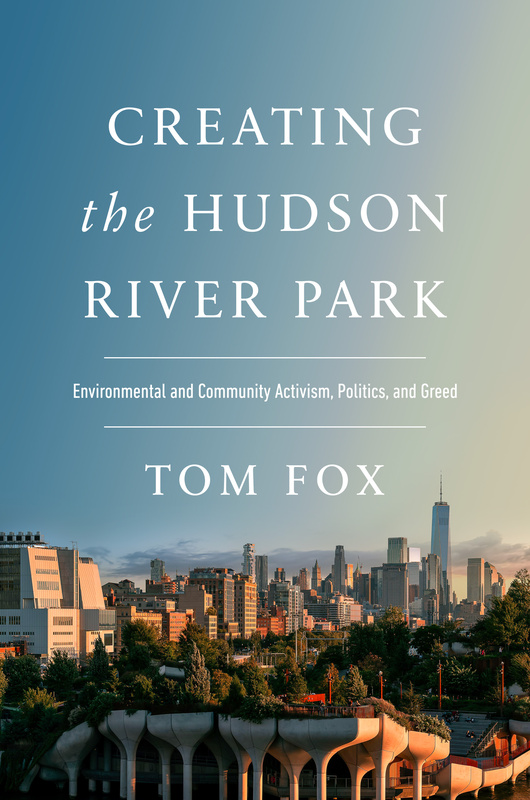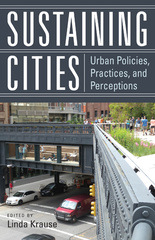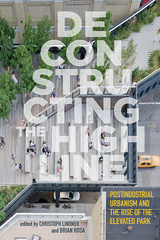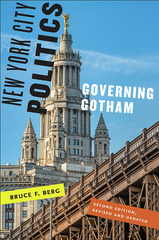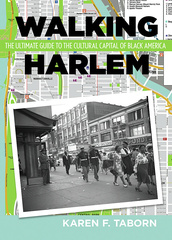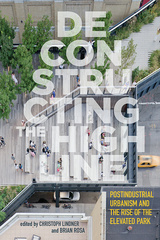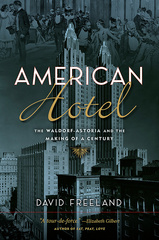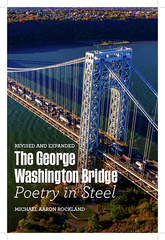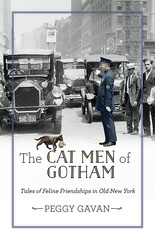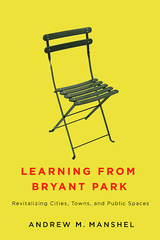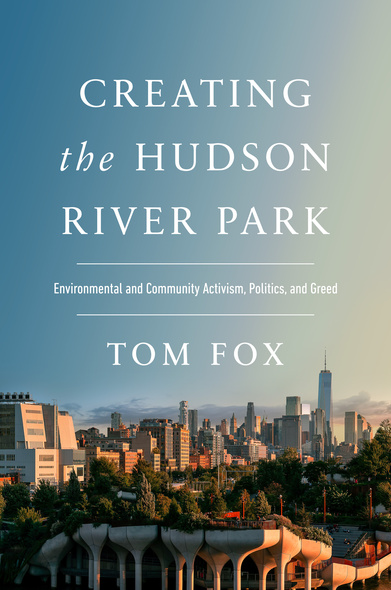
Creating the Hudson River Park
Environmental and Community Activism, Politics, and Greed
The 4-mile-long, 550-acre Hudson River Park is nearing completion and is the largest park built in Manhattan since Central Park opened more than 150 years ago. It has transformed a derelict waterfront, protected the Hudson River estuary, preserved commercial maritime activities, created new recreational opportunities for millions of New Yorkers, enhanced tourism, stimulated redevelopment in adjacent neighborhoods, and set a precedent for waterfront redevelopment. The Park attracts seventeen million visitors annually. Creating the Hudson River Park is a first-person story of how this park came to be. Working together over three decades, community groups, civic and environmental organizations, labor, the real estate and business community, government agencies, and elected officials won a historic victory for environmental preservation, the use and enjoyment of the Hudson River, and urban redevelopment. However, the park is also the embodiment of a troubling trend toward the commercialization of America’s public parks.
After the defeat of the $2.4 billion Westway plan to fill 234 acres of the Hudson in 1985, the stage was set for the revitalization of Manhattan’s West Side waterfront. Between 1986 and 1998 the process focused on the basics like designing an appropriate roadway, removing noncompliant municipal and commercial activities from the waterfront, implementing temporary improvements, developing the Park’s first revenue-producing commercial area at Chelsea Piers, completing the public planning and environmental review processes, and negotiating the 1998 Hudson River Park Act that officially created the Park. From 1999 to 2009 planning and construction were funded with public money and focused on creating active and passive recreation opportunities on the Tribeca, Greenwich Village, Chelsea, and Hell’s Kitchen waterfronts.
However, initial recommendations to secure long term financial support for the Park from the increase in adjacent real estate values that resulted from the Park’s creation were ignored. City and state politicians had other priorities and public funding for the Park dwindled. The recent phase of the project, from 2010 to 2021, focused on “development” both in and adjacent to the Park. Changes in leadership, and new challenges provide an opportunity to return to a transparent public planning process and complete the redevelopment of the waterfront for the remainder of the 21st-century. Fox’s first-person perspective helps to document the history of the Hudson River Park, recognizes those who made it happen and those who made it difficult, and provides lessons that may help private citizens and public servants expand and protect the public parks and natural systems that are so critical to urban well-being.
A valuable recounting of a public-private partnership and how to make things work (and why they don't).’
Creating the Hudson River Park is important, relevant, and of continuing interest. The revival of Manhattan's west side waterfront, including the bike and jogging paths, the new landscaping, and the revitalized piers has been transformative in the life of the city. An activist, manager, and board member for the entire period he describes, Tom Fox is extremely well qualified to write this story.’
Creating the Hudson River Park is an incredibly important story; perhaps at no other time in history was such a significant public work project realized in such a unique way. Tom Fox is uniquely qualified to write this history. He not only had a front row seat for many of the park’s biggest moments, but he was also an active player during many critical phases of the park’s development.’
Preface
Introduction
1 Starting the Journey
2 Westway (1974–1985)
3 The West Side Task Force (1986–1987)
4 The Letdown (1987–1988)
5 The West Side Waterfront Panel (1988–1990)
6 New Park Proposed (1990–1992)
7 Things Finally Start Happening (1992–1993)
8 Completing the Plan and Change at the Top (1994–1995)
9 A New Approach (1995–1997)
10 Hudson River Park Act (1998–2000)
11 The World Changes (2001–2003)
12 Hope Renewed, Problems Continue (2004–2008)
13 Going from Bad to Worse (2009–2012)
14 The Trust Goes over to the Dark Side (2013–2014)
15 Public Resistance Builds (2015–2016)
16 A Court Battle Ends, and the Governor Delivers (2016–2018)
17 Will the Incoming Tide Return? (2019–2023)
18 Hope Springs Eternal (2024 and Beyond)
Acknowledgments
Glossary
Notes
Index

